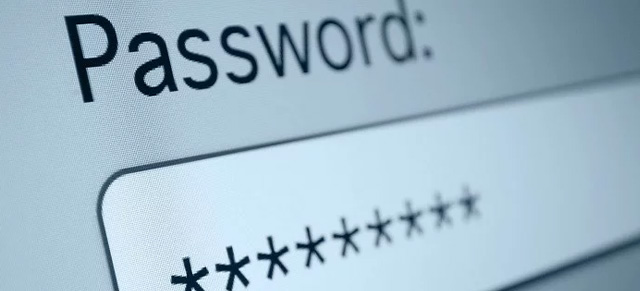SecureDB has implemented the option of utilizing two-factor authentication (2FA) and/or single sign-on (SSO) to increase the security of your account. This article explains how it works and offers considerations for staying safe online.
Online security is kind of like flossing. We know the best practices – unique passwords, limiting the number of accounts you open, limiting what you share, etc. But most of us are sporadic (at best) about actually doing it.
We all want to practice healthy online security habits. The trick is to make those online security habits so easy that it’d be more difficult NOT to follow best practices. Allow me to highlight a few ways to make that happen.
Setting Up Two-Factor Authentication for Secure Sign-In
At its simplest, two-factor authentication, or 2FA, adds a layer of security by asking the user to provide two different types of evidence of their identity. It’s similar to the second form of identification that the DMV wants you to have – it makes it much harder for someone to impersonate you.
Makes it much harder for someone to impersonate you
2FA takes many forms. SecureDB utilizes one of the most common, where we text a secret code to your phone each time we don’t recognize the device you’re using to access the platform. That additional layer of security, proving your identification through possession of your phone, drastically reduces the likelihood of compromised log-ins. Microsoft claims that it can prevent 99.9% of attacks on your account.
Using 2FA means you need to give SecureDB your cell phone number – but don’t worry, you won’t be getting any random late-night texts (“you up?”) from us.
Many other forms of 2FA exist, ranging from fingerprint-sensing on your phone to dedicated apps that generate numbers (such as Google Authenticator). No matter what type of MFA the website uses, activating it is in your best interest.
Another way to utilize 2FA is by logging in with a social account, which leads nicely into a similar habit.
Using a Single-Sign-On
Most organizations are already using Microsoft or Google accounts for their team members. Both of these systems allow your IT department to manage logins from a single source. Why learn a new password to login to SecureDB when you could click on Google or Microsoft on the login screen and let those fellas handle your login for you.
…let those fellas handle your login for you
Like any new habit, we must clear an initial hurdle and start. Once that’s over with, life gets back to smooth sailing. The initial hurdle for 2FA and single sign-on is simply activating the feature. For information on how to do that within SecureDB, these articles should help:
Of course, flossing is another hurdle altogether, but we’re working on it.





